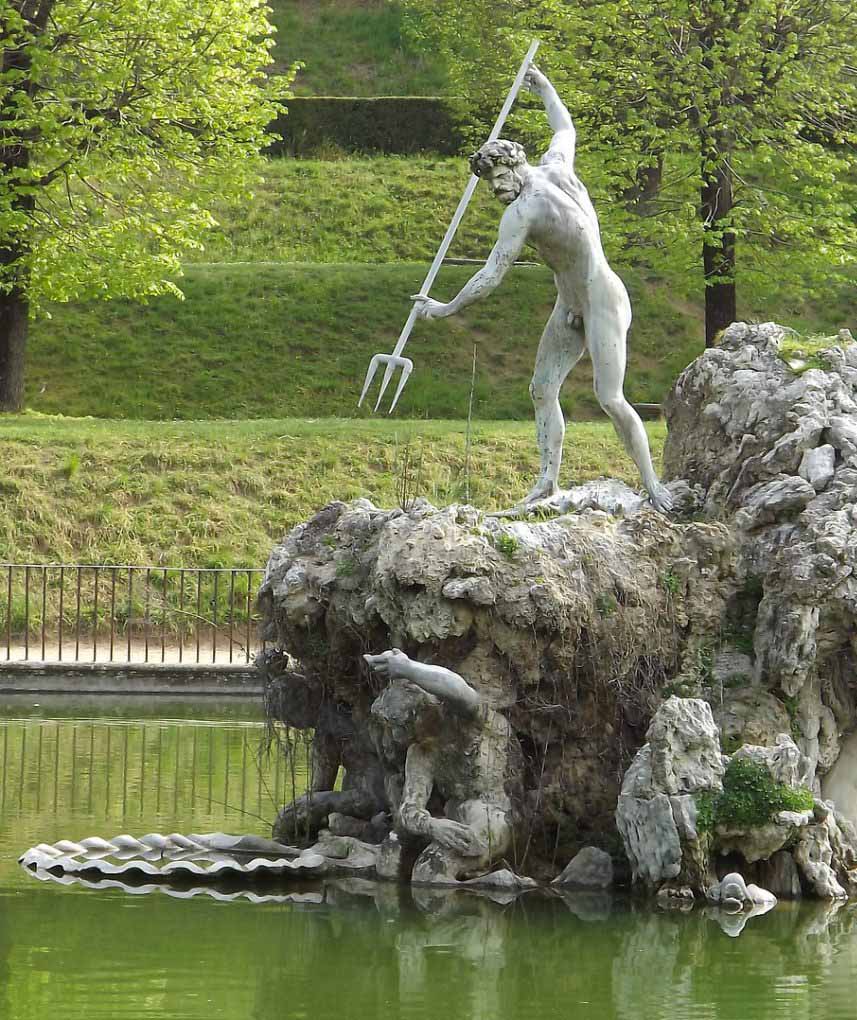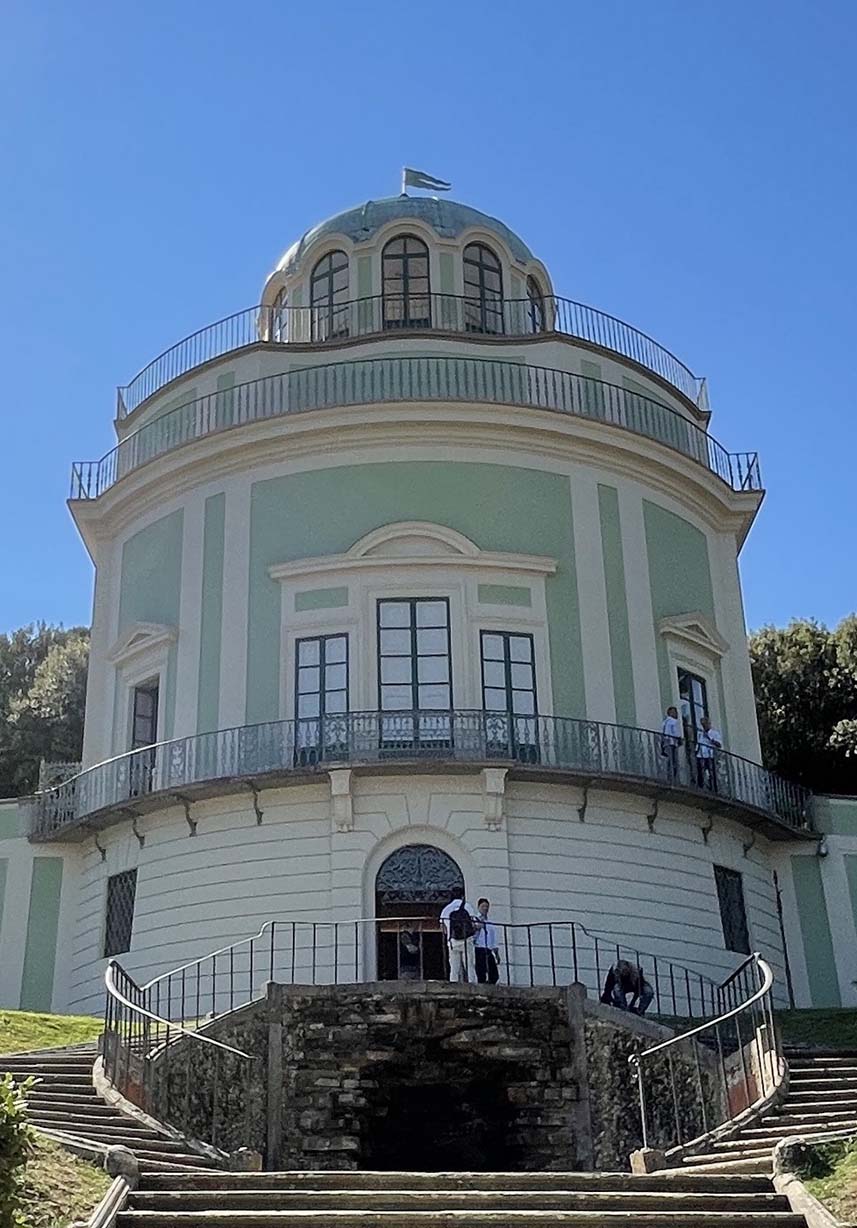Call us for more information
055 222431The Cappa


The Boboli garden extends for almost five hectares and its creation involved over four centuries of history, from the Renaissance to the nineteenth century. The botanical heritage is accompanied by true works of art, masterpieces of architecture and sculpture.
Boboli is an extraordinary open-air museum, witness to the glories of an illustrious past, but also a kaleidoscope of gardens, different in time and season, a universe that has always exerted an undisputed charm on visitors.
The Boboli Gardens was born as the garden of Palazzo Pitti, purchased in 1550 by Eleonora di Toledo, wife of Duke Cosimo I de’ Medici, when its first owner, the banker Luca Pitti declared bankruptcy.
In front of the palace there was a green space, the Orto de’ Pitti, which Eleonora wanted to transform into a garden. The project for the creation of the garden was entrusted to Niccolò Pericoli and the vast area, originally intended for agricultural use, overlooking the city bastions and the fourteenth-century city walls was earmarked for expansion.
Upon Pericoli’s death, subsequent architects respected the previous project and built the Amphitheater intended for court shows behind the palace.
At the center of the Amphitheater now, there is the large obelisk from Luxor and a large ancient granite basin whose placement dates back to 1840.
Many small groves were then created, mainly composed of holm oaks, as were the high hedges that delimit the avenues, also made up of holm oaks in the upper part and shrubs of various species in the lower part.
Among the various architects who took care of the garden and the palace after Pericoli, we highlight the brilliant figure of Bernardo Buontalenti who was responsible for the creation of the Grotta Grande known as Buontalenti’s Cave, one of Boboli’s masterpieces.